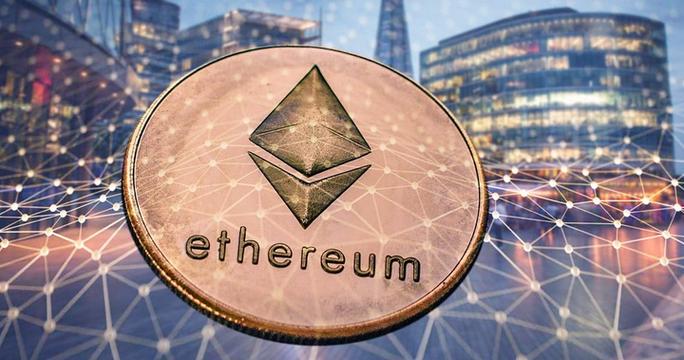
Understanding Crypto ETH: A Comprehensive Guide
Crypto ETH, often referred to as Ethereum (ETH), has emerged as a dominant force in the digital currency landscape. As you delve into the intricacies of this cryptocurrency, it’s essential to understand its origins, functionalities, and potential future. Let’s embark on a journey to explore the multifaceted world of Crypto ETH.
Origins and Evolution
Ethereum was conceptualized by Vitalik Buterin, a Russian-Canadian programmer, in 2013. The platform aimed to revolutionize the blockchain industry by introducing smart contracts, allowing developers to create decentralized applications (DApps). Since its inception, Ethereum has undergone several iterations, with the most significant being the transition from Ethereum 1.0 to Ethereum 2.0.

What is Ethereum (ETH)?
Ethereum (ETH) is the native cryptocurrency of the Ethereum network. It serves multiple purposes, including facilitating transactions, incentivizing miners, and providing a medium of exchange. ETH is also a digital asset that can be bought, sold, and traded on various cryptocurrency exchanges.
Key Features of Ethereum
1. Smart Contracts: Ethereum’s most significant innovation is the introduction of smart contracts. These self-executing contracts automatically enforce the terms of an agreement between parties without the need for intermediaries. This feature has paved the way for the development of decentralized applications and services.
2. Decentralization: Ethereum operates on a decentralized network, ensuring that no single entity has control over the platform. This decentralization enhances security, transparency, and immutability.
3. Gas: Ethereum uses a gas system to measure the computational cost of executing smart contracts and transactions. Users must pay gas fees in ETH to cover the cost of these operations.

Market Performance
Since its launch in 2015, Ethereum has experienced significant growth in its market capitalization. As of [current date], ETH is the second-largest cryptocurrency by market cap, trailing only Bitcoin. The platform’s strong fundamentals and growing ecosystem have contributed to its impressive performance.
Use Cases of Ethereum
1. Decentralized Finance (DeFi): Ethereum has become a hub for DeFi projects, offering users access to various financial services without intermediaries. These services include lending, borrowing, and trading.
2. NFTs: Ethereum has played a crucial role in the rise of non-fungible tokens (NFTs). NFTs are unique digital assets that represent ownership of digital art, music, and other collectibles.
3. DApps: Ethereum hosts numerous decentralized applications, ranging from social media platforms to gaming and e-commerce solutions.
Challenges and Future Outlook
1. Scalability: One of the primary challenges facing Ethereum is scalability. The network struggles to handle high transaction volumes, leading to congestion and high gas fees. The transition to Ethereum 2.0 aims to address this issue by implementing a proof-of-stake consensus mechanism.
2. Regulatory Concerns: As governments worldwide grapple with the rise of cryptocurrencies, regulatory concerns remain a potential threat to Ethereum’s growth. However, the platform’s strong community and commitment to innovation may help mitigate these risks.
3. Competition: Ethereum faces stiff competition from other blockchain platforms, such as Binance Smart Chain and Cardano. These platforms offer similar functionalities and may attract developers and users away from Ethereum.
Conclusion
Crypto ETH, or Ethereum, has become an indispensable part of the digital currency landscape. Its innovative features, robust ecosystem, and growing market capitalization make it a compelling investment opportunity. As you explore the world of Ethereum, keep an eye on its ongoing developments and potential future challenges.





